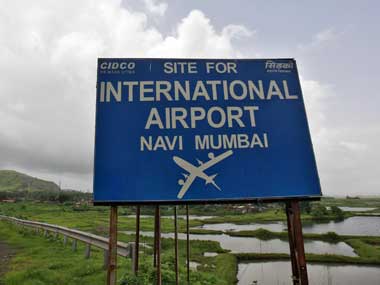The cities of Mumbai and Navi Mumbai, as we know them today, were forged on reclaimed land. The process of reclamation — filling portions of the sea with sand to extend the coastline — has had an adverse impact on the city. The city's wetlands have also been severely depleted as a consequence.
“Apart from coastal wetlands, there are inland wetlands — the smaller lakes, ponds, wells. These have suffered too, as the city's continued its massive growth spree," explains Stalin D, an expert on wetland protection.
The mangrove plants, known for their aerial roots and the ability to grow in salty water, are an integral part of the wetland system that blankets Mumbai. “Mangroves are the interface between the land and the sea, and by some estimates, they are the most diverse forms of life,” says Darryl D’Monte, an award-winning environmental journalist.
In the space-crunched city that is Mumbai, builders and corporations have been flaunting laws and encroaching on wetlands for years. As a result, the city floods every monsoon. Stalin states that the prime reason for the floods is the loss of wetlands and the tampering with natural drainage channels such as the Mithi river that runs through the heart of the city.
The internet has, to some extent, increased awareness among people and warned them of the impending dangers of infringing any further on the mangroves. In 2016, when a construction company tried to intrude on the Seawoods Lake in Nerul, local residents Sunil and Shruti Agarwal decided to approach the authorities against this illegal encroachment. “It was tough for us but if you make a noise, you are going to be heard,” insist the Agarwals. “Even though there are laws that protect the mangroves and wetlands, the authorities take action only when they get a complaint."
Citizens have been coming together in various parts of the city against illegal clearing of the mangroves. In 2012, the Maharashtra government set up a Mangrove Cell to protect, conserve and manage the mangroves of the state. Such efforts have led to a decline of mangrove destruction.
A 2017 survey by the Forest Survey of India states that Maharashtra's mangrove cover has increased by 37 percent since 2015. This demonstrates that public pressure, along with firm action by the Mangrove cell, is producing positive results.
Published Date: Feb 26, 2018 17:38 PM | Updated Date: Feb 26, 2018 17:38 PM


